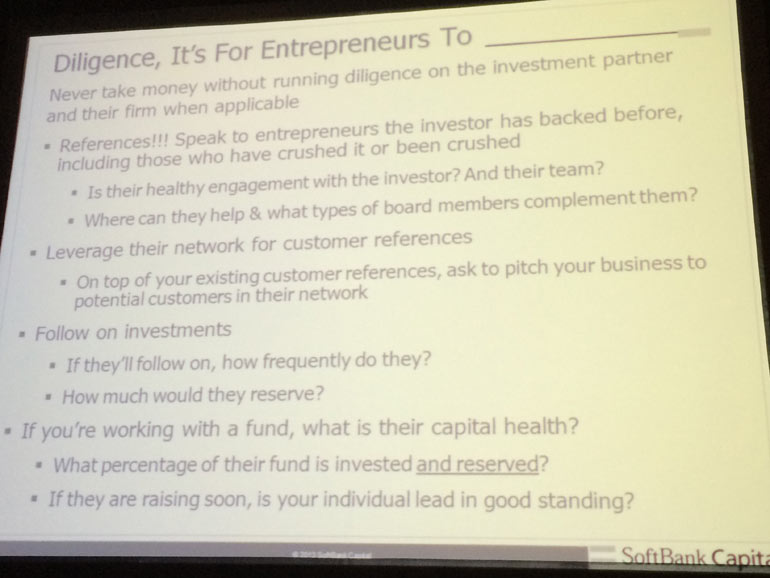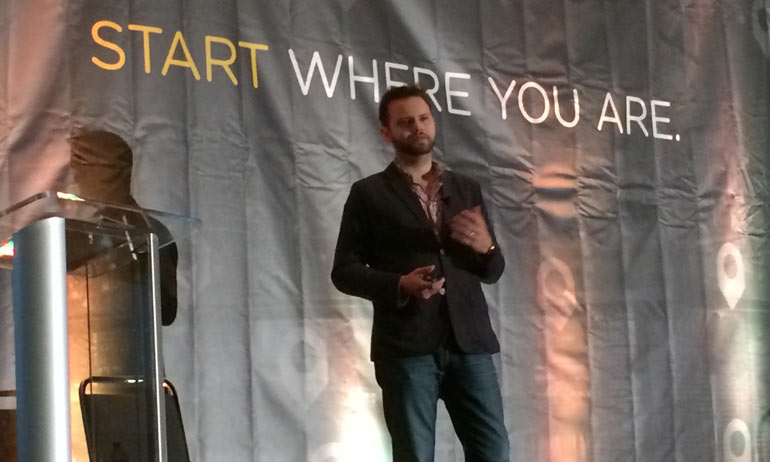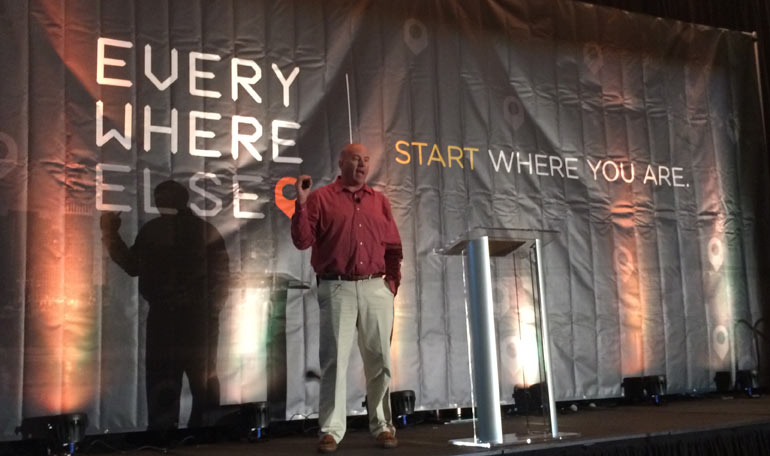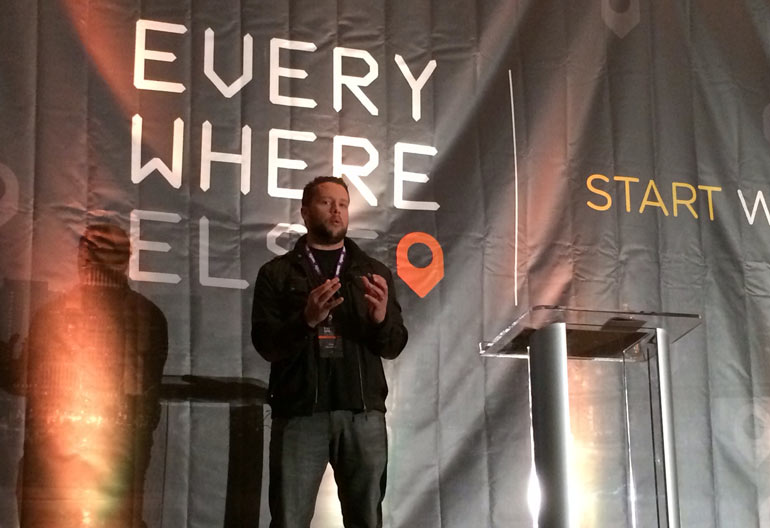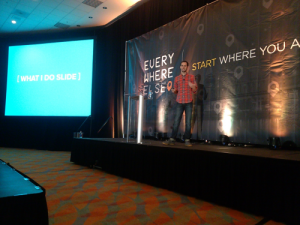 Startup business owners normally don’t associate the security threats that haunt larger corporations with their enterprises, but the reality is that malicious code, BYOD malware, data theft, phishing, payment fraud and other attacks pose just as much risk for startups as they do to larger businesses.
Startup business owners normally don’t associate the security threats that haunt larger corporations with their enterprises, but the reality is that malicious code, BYOD malware, data theft, phishing, payment fraud and other attacks pose just as much risk for startups as they do to larger businesses.
CEO of Web Security at CloudFare Matthew Prince states that it’s not just giant retailers like Amazon that are under threats–businesses with 100 employees or even less can also become targets. The 36-employee operated company itself became a target when hackers gained access to sensitive customer information and were nearly successful.
Moreover, it’s not just the startups themselves that the attackers target. They’re aware that newly formed companies can give them access (act as a gateway) to some of the larger corporations who are usually clients of startup companies. According to a report from Symantec, the world’s top 500 companies have over 60 collaborations on average.
While you may not be able to enjoy the perks of military-level security, you still need to pay attention to protect your business from possible threats.
Some of the tools that startup business owners can leverage to enhance startup security are:
1. Cloud backup
From employee screening records to business contacts, the hard drives of your office computers are likely to be filled with precious data that you can’t afford to lose. However, a virus can inflict them at any moment, and they can also malfunction on their own. Other unfortunate things like fire or a natural disaster can also lead to the loss of important data.
A survey conducted by Carbonite reveals that 48% of businesses operating on a small scale suffer from lost data of 2-20 employees, which leads to decrease in productivity and revenue. It is therefore important to opt for cloud backup solutions, which have several advantages over on-site services. Some of the benefits include remote backups, top notch data-encryption and automatic restore when the data is wiped out.
2. Virus-protection software
Ransomware, spyware, malware and viruses can infect your smart devices, flash drives, Windows PCs and Macs at any point. Applied Research conducted a survey in 2012 among 2,100 businesses, and the results revealed that most of them have been regular victims of cyber-attacks such as malware, phishing, email virus etc.
These are a few reasons why virus-protection software is important, but you shouldn’t go on a blind buying spree. What you need is software specifically designed for virus-proned small businesses. A business antivirus software program can protect your mail servers, files servers, and all of you precious IT from the comfort of the cloud.
3. Secure payment protected
Visa Inc. estimates that out of 100% credit-card data breaches that take place, 95% of them are targeted towards small business operators. Most of the payment threats surround those startups that regularly engage in online payment transactions.
Luckily, there are ways to include an extra layer of protection to payment systems. For example, Discover offers an online number service that allows customers to sign in to the account and create a unique credit card number to make a purchase. That number can only be used once, even if a cyber-criminal gains access to it.
These tools will add top level protection to your business operations and secure your data, devices and investment when anything unfortunate happens.
What tools do you use to enhance startup security? Feel free to share your answers in the comments section below.
Kelly Jane Brown is an aspiring writer, entrepreneur and student at UCLA.







